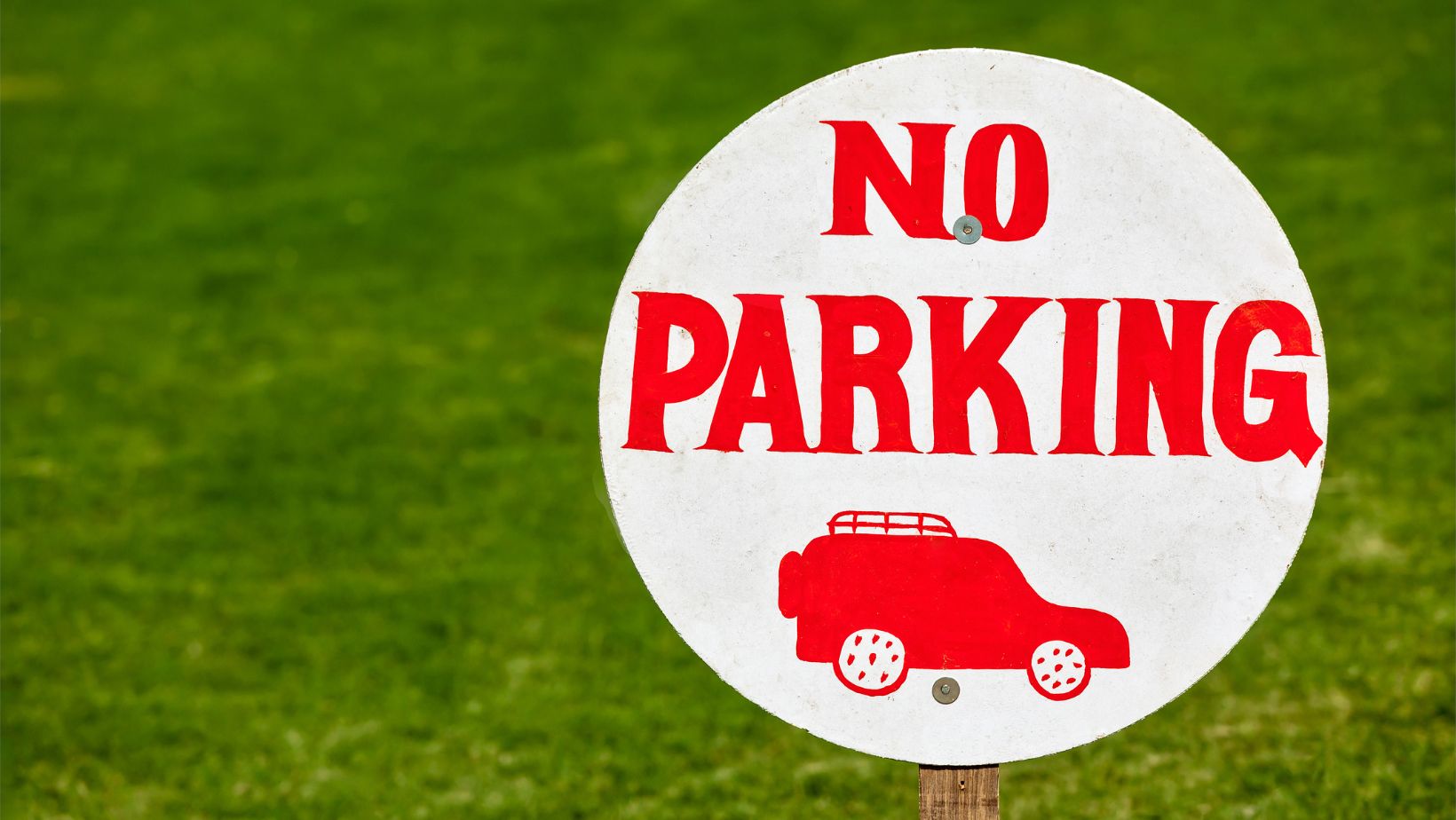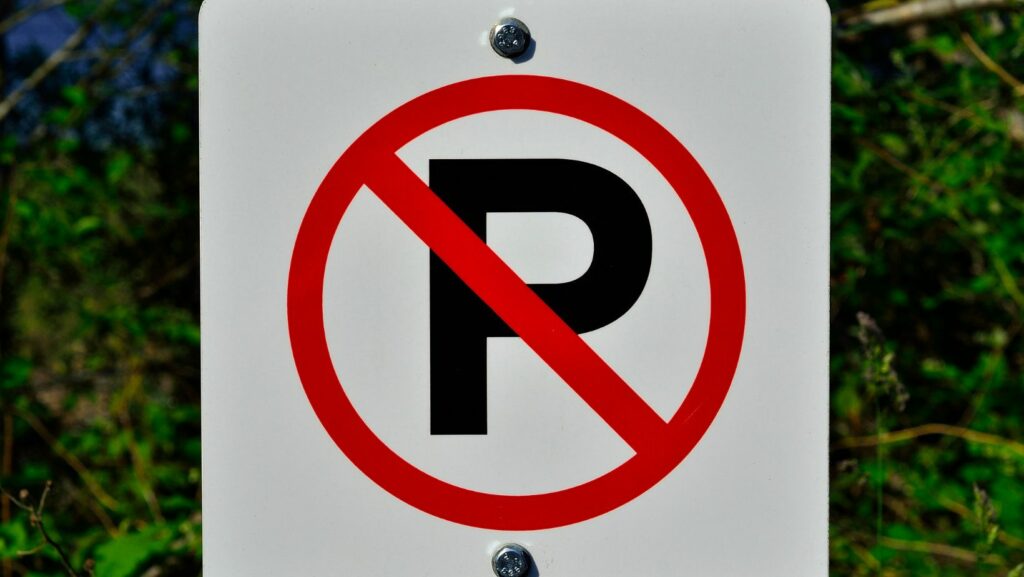Can I Put a no Parking Sign in Front of my House
In most cases, placing a “No Parking” sign on public property is not allowed without proper authorization from the relevant authorities. Public spaces such as streets and sidewalks are typically under the control of local municipalities or transportation departments. They regulate parking restrictions and enforce them through designated signage.
Table of Contents
ToggleIf you’re facing consistent issues with unauthorized vehicles parking in front of your house, it’s best to reach out to your local government or homeowner’s association for guidance. They can provide information on any available options, such as requesting additional signage or applying for residential parking permits.
Checking Local Ordinances And HOA Rules
Researching Local Parking Regulations
When it comes to placing a no parking sign in front of your house, it’s essential to familiarize yourself with the local parking regulations. Different cities and municipalities may have specific rules regarding signage placement and parking restrictions. To begin your research, consider the following steps:
- Contact the local government: Start by reaching out to your city or town’s transportation department or parking authority. They can provide you with information on any existing ordinances that regulate parking in residential areas.
- Check municipal codes: Many cities publish their municipal codes online, making it easier for residents to access relevant information. Look for sections related to signage regulations and residential parking restrictions.
- Analyze street-specific rules: Some neighborhoods may have unique parking regulations that apply only to certain streets or zones. Check if there are any specific rules governing parking in your area.
- Consider permit requirements: In some places, obtaining a permit is necessary for installing signs or implementing restricted parking zones. Find out if you need any permits before proceeding with installing a no parking sign.
Remember, each locality has its own set of regulations, so make sure you’re aware of the specific requirements in your area before taking any action.
Considering Any Restrictions on No Parking Signs
Before putting up a no parking sign in front of your house, take into account any possible restrictions imposed by local authorities or homeowner associations. Here are a few factors to consider:
- Location limitations: Some municipalities might have specific requirements regarding where you can place signs, such as distance from intersections or fire hydrants. Ensure that you comply with these regulations when determining the placement of your sign.
- Size and visibility: Check if there are any size restrictions for no parking signs set by local ordinances or HOA rules. Additionally, make sure the sign is clearly visible to drivers passing by and doesn’t obstruct sightlines.
- Duration limitations: In certain areas, there may be time limits on how long a vehicle can be parked without moving before it is considered abandoned. Familiarize yourself with these regulations before implementing any parking restrictions.
- Removal responsibilities: Determine who will be responsible for maintaining and removing the sign if necessary. Some municipalities require homeowners to cover these costs themselves.

Obtaining Permission From The Appropriate Authorities
Applying For a Permit From The Local Government
When it comes to putting up a “No Parking” sign in front of your house, it’s important to follow the proper procedures and obtain permission from the appropriate authorities. One way to go about this is by applying for a permit from your local government. Contact your city or town hall to inquire about the specific requirements and processes involved.
In many cases, you may need to fill out an application form that details your request, including information such as the desired location of the sign and the reasons behind it. Some cities might also require you to provide supporting documents or evidence, such as photographs or diagrams showing parking issues in your area.
Understanding Zoning and Property Use Restrictions
Before proceeding with any signage requests involving private property rights, it’s crucial to understand zoning regulations and property use restrictions governing your neighborhood. These guidelines dictate what types of signs are permissible and where they can be placed.
Consult your local zoning department or homeowners association to determine if there are any restrictions on signage in residential areas. Some neighborhoods may have specific rules that limit the size, style, or content of signs displayed outside homes.
By familiarizing yourself with these regulations, you can ensure that your “No Parking” sign aligns with the established guidelines. This proactive approach helps maintain a harmonious neighborhood while addressing parking concerns effectively.
In conclusion, placing a “No Parking” sign in front of your house can be a complex issue that requires consideration of local regulations, neighborhood dynamics, and potential consequences. It is always best practice to research and fully understand all relevant laws and regulations specific to your area before proceeding with any decision related to placing signage in front of your house. Consulting with local authorities, neighbors, and seeking alternative solutions can help you navigate parking challenges effectively while maintaining positive relationships within your community.











